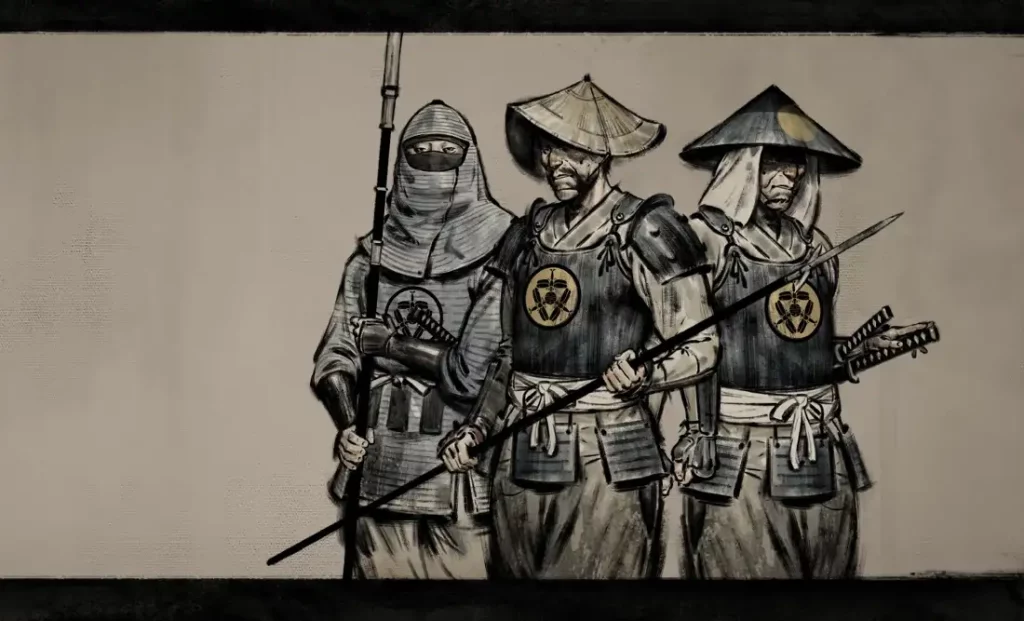
When thinking of warfare in medieval Japan, the image of the samurai quickly comes to mind. However, the role of the common foot soldier, known as the ashigaru, should not be understated. Ashigaru began as conscripted farmers and rose through the ranks to become the backbone of daimyo lords’ armies in the Warring States period. By the Edo period, they had been absorbed into the samurai class. The Ashigaru’s journey from the very bottom to the very top played an important role in the changing way warriors were viewed.
As foot soldiers, ashigaru made up a large portion of Japanese armies from the very beginning. However, their origins as conscripted farmers meant they started out largely untrained and unarmed. Early ashigaru typically used farming tools or weapons looted from dead samurai in battle. They weren’t paid or outfitted since they were seen more as fodder than soldiers.
However, they were compensated with loot, which led to some ashigaru abandoning the farming life to become vagabond soldiers. These mercenaries would join in fights on the side of whoever seemed to be winning. The introduction of large forces of semi-competent warriors changed the scale of warfare.
For most of Japanese history, ashigaru were branded as dangerous, almost criminal, and generally only appeared in the background of samurai tales. However, in the Warring States period, daimyo came to rely more on ashigaru and gave them better weapons, including guns. As they became more important, ashigaru ended up becoming a way for commoners to step into the realm of samurai. Toyotomi Hideyoshi, one of Japan’s three Great Unifiers, was once an ashigaru.
In the Edo period, social mobility was frozen to prevent anyone else from following in Toyotomi Hideyoshi’s footsteps. However, one element of this freeze was that any fighting man became a member of the samurai class. This made ashigaru one of the lowest rungs of the samurai rather than a separate category entirely. As many other samurai became bureaucrats, ashigaru were organized into foot guards, police constables, and servants and retainers to higher-ranked samurai.
In Tale of Ronin, ashigaru will be a common sight, especially along the main roads. Players will have plenty of opportunities to explore the troubled history between ashigaru and samurai — and to get involved in the continuing friction between the two groups.